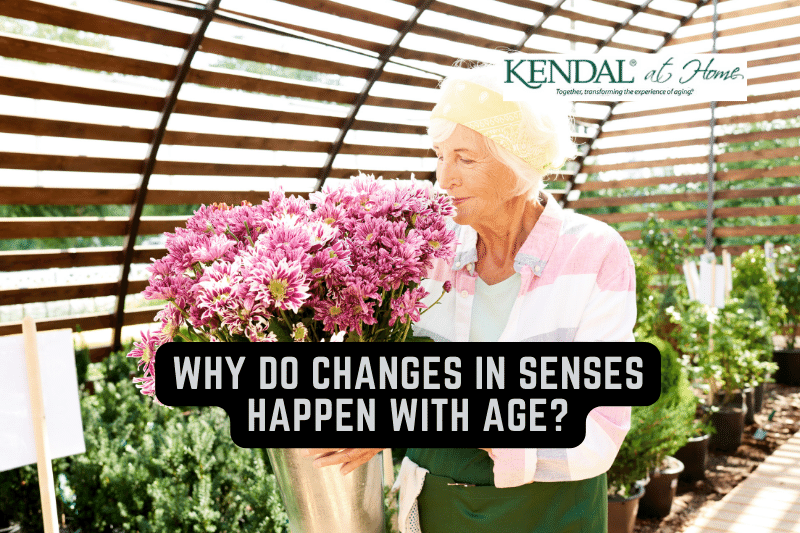Everyone reading this will get older. In fact, for many of us, the word “old” often elicits feelings of fear or dread.
“What was I most worried about?” pondered Ashton Applewhite during her TED talk on ageism. “Ending up drooling in some grim institutional hallway.”
Thankfully, Applewhite learned that only about 4% of older Americans need to utilize nursing homes. Another worry about aging for Applewhite? Losing her cognitive function.
“The real worry is our anxiety about memory loss,” she says. “It turns out the longer people live, the less they fear dying.”
If the number of older adults who need nursing home care is decreasing, and if we’re actually happier the older we get, why do so many of us fear aging?
What does ageism look like?
Ageism is discrimination and stereotyping based on age. So, those widely held opinions that most older adults need to get shipped off to a nursing home? Or all older adults are depressed because they’re frail and sick and going to die soon? All are stereotyping associated with ageism.
“All these prejudices pit us against each other to maintain the status quo,” notes Applewhite. “Why should aging well mean struggling to look and move like younger versions of ourselves? It’s embarrassing to be called out as older until we quit being embarrassed about it.”
We all participate in ageist behaviors
While you probably aren’t participating in outwardly ageist behavior, you probably have thought about or done a few of these things:
- Rejected a new haircut or a relationship because it wasn’t “age appropriate”
- Grumbled about “entitled millennials”
- Hung around with people your own age at a social event
“For adults there’s no such thing [as age appropriate]. All of these behaviors are ageist. We all do them,” said Applewhite.
Ways to help stop ageism
In fact, says Applewhite, it’s something to be celebrated. After all, we all do it.
“People with more positive feelings about aging walk faster, they do better on memory tests, they heal quicker and they live longer,” she says.
But even if aging is not to be feared, the fear around it still exists. What can you do as an older adult to combat ageism?
Speak up: If you experience ageism or see someone else experience it, say something. Don’t allow someone to talk down to you — calling you “sweetie” or “honey” — and don’t allow yourself or someone you know to be pushed around or discounted because of your age. You are just as able as your younger counterparts.
Acknowledge it: You might think ageism only occurs when someone is passed over for a job because of their age or when someone gets talked down to at a restaurant or while shopping. But the truth is, ageism is everywhere. And like the examples above, we and those we know are probably doing subtle things to perpetuate ageism. If you can, avoid those examples above, try not to refer to yourself or your friends as “old people” or “golden oldies.” Remember, your age doesn’t define you so don’t let it.
Stay active: Keep doing the things you love. Stay up-to-date on news and trends that interest you.
Embrace diversity: Try not to lump all people of a certain age together. A 65-year-old is vastly different from an 85-year-old. They have different wants, needs and abilities. Keep in mind that as you age, you get happier, have more diverse interests and discover more about what makes you who you are.
Be a role model: You know age doesn’t define you. Show the world what aging looks like by living your best life.













